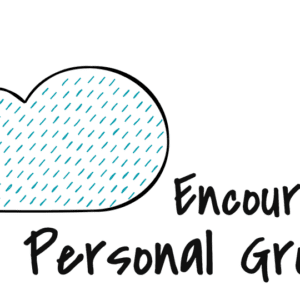A part of working with teenagers is working with puberty. Hormones are raging, and many students struggle to handle them. Some teachers struggle to handle it, too.
If you’ve been teaching middle years for a few years, chances are you’ve had someone in your class going through their period for the first time. If you find yourself in this situation, what do you do?
Teach students about periods.
This one is more preventative than an action you can do when the situation arises.
You can’t assume the education that students are receiving at home. A young girl may be growing up with a single dad who isn’t confident in approaching this topic, or a student may experience menarche earlier than their family expected. It’s in the middle of a school camp.
Many schools may be inclined to separate their male and female students when discussing these topics. Still, we have a real problem with men not understanding periods and not wanting to because they’ve been taught it’s not their business.
You don’t need to go into grim detail, but a first period can be stressful for young people. It is important to know that it happens, that it’s okay, and that they can discuss it with their teachers if they need to.
Don’t assume things about your students’ bodies.
I went through my first period relatively late. I was in grade 9 when it happened, which meant that I had to go through all of year 8 with teachers who assumed I had any idea what they were talking about.
I felt isolated in that class. Everyone was talking about their experiences, and it was obvious that I needed to catch up. Another girl in my class was in the same boat but didn’t get her first period until she was 16.
As a teacher, you can’t assume what your students have experienced or what they will experience. The overwhelming key outcome of puberty education is covering the idea that bodies can be weird, and it’s okay. The other thing, of course, is how to stay safe.
Be prepared to help a student.
Sometimes students just need a pad. They’ve run into a situation they didn’t expect, and it’s embarrassing to need help to deal with it.
Some students will try to MacGyver a solution, which is incredibly dangerous. I’m sure everyone who gets periods has done this at some point, but students shouldn’t think this is their only option.
Let’s be honest, most students aren’t going to go up to the teacher on hard duty and ask for a tampon. You need to pre-empt this. Every school that I’ve worked in has had that teacher who is unofficially the person to go to. Usually, a woman in her early thirties (clearly experienced enough to understand but not old enough to remind you of your mother) has drawers full of supplies, no questions asked. Many schools also have plenty of supplies in their sick room, so students can just ask to drop by during a lesson or a dispenser for period products in the bathrooms themselves.
Men need to be prepared as well. If a student needs to urgently use the bathroom, let them. Without question, let them.



